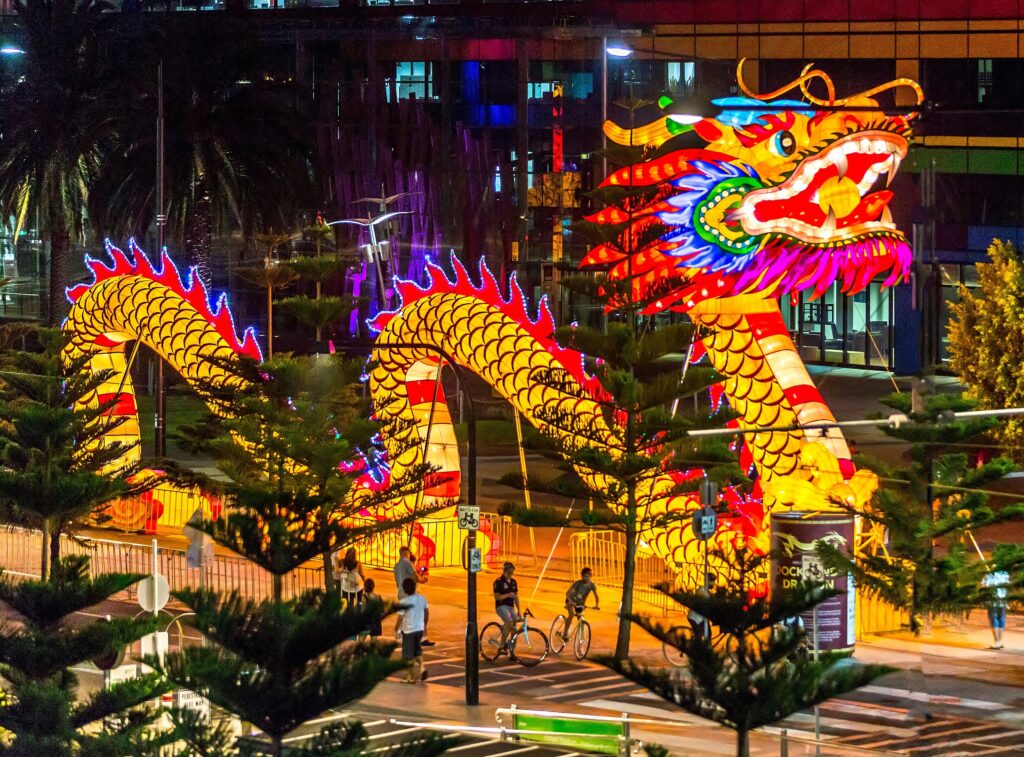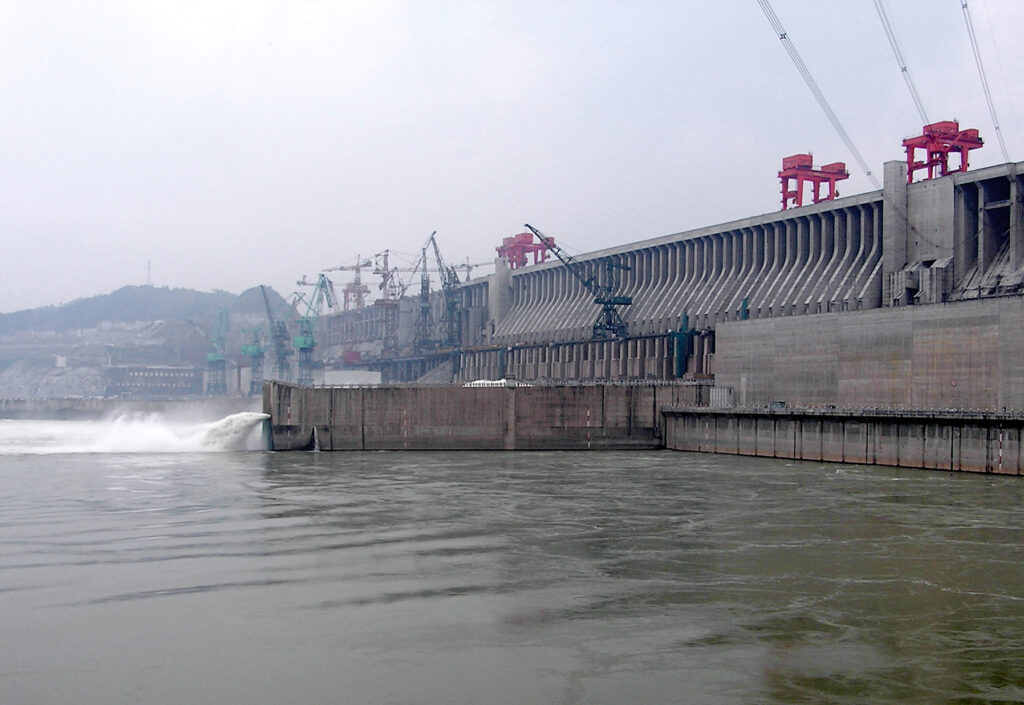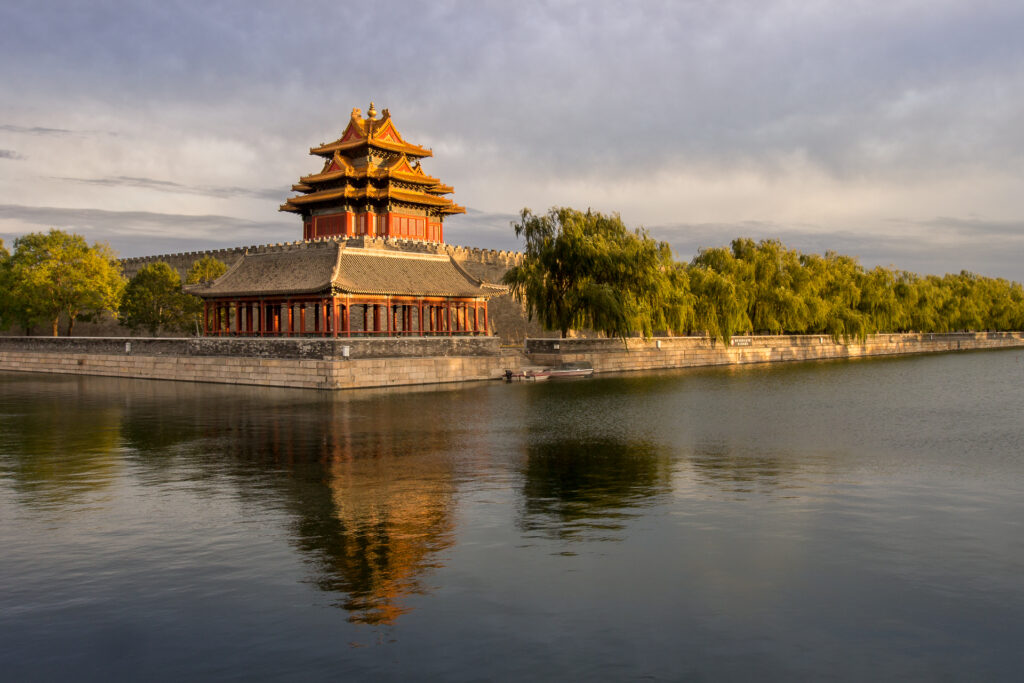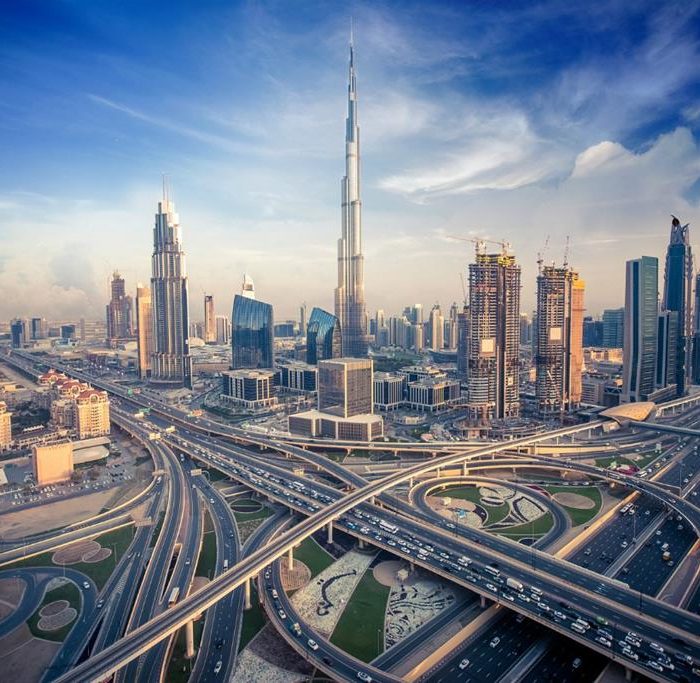10 Interesting Facts About China
Quick facts about China:
- Population: Over 1.4 billion people.
- Capital: Beijing.
- Official Language: Standard Chinese (Mandarin).
- Currency: Chinese Yuan (Renminbi).
- Government: Communist state with a single-party system.
- Geography: The third-largest country in the world by land area, bordered by 14 countries and extensive coastlines along the East China Sea, South China Sea, and Yellow Sea.
Fact 1: China is one of the oldest civilizations
China boasts one of the world’s oldest civilizations, with a rich history dating back thousands of years. It is credited with significant inventions and discoveries that have shaped human civilization. Gunpowder, paper, printing, the compass, and porcelain are among the remarkable innovations that originated in China and had profound impacts on global history and culture. These advancements occurred centuries before similar developments in Europe, highlighting China’s pioneering contributions to science, technology, and human progress.
 User:Vmenkov, CC BY-SA 3.0, via Wikimedia Commons
User:Vmenkov, CC BY-SA 3.0, via Wikimedia CommonsFact 2: Chinese history is divided into periods of dynasties
Chinese history is characterized by its division into periods marked by dynastic rule and significant upheavals. Over millennia, numerous dynasties rose and fell, each leaving a distinct imprint on the country’s culture, society, and governance. From the legendary Xia Dynasty to the modern era, China has witnessed the rise and fall of powerful ruling families, periods of stability, and times of profound change. Major upheavals such as the Warring States period, the Mongol invasions, and the Cultural Revolution have reshaped the course of Chinese history, contributing to its rich tapestry of traditions, conflicts, and innovations.
Fact 3: Chinese New Year is celebrated for 15 days
Chinese New Year, also known as the Spring Festival, is a vibrant and joyous celebration that lasts for 15 days. This auspicious occasion marks the beginning of the lunar new year in the traditional Chinese calendar and is one of the most important festivals in Chinese culture. During this festive period, families come together to honor their ancestors, enjoy sumptuous feasts, exchange gifts, and partake in various customs and rituals believed to bring good luck and prosperity for the year ahead. From the lively dragon and lion dances to the dazzling fireworks displays, Chinese New Year festivities are a time of jubilation and renewal, symbolizing hopes for a prosperous and auspicious future.
 Johntorcasio, CC BY-SA 4.0, via Wikimedia Commons
Johntorcasio, CC BY-SA 4.0, via Wikimedia CommonsFact 4: China has its own internet
China operates its own highly regulated internet ecosystem, often referred to as the Great Firewall, which imposes strict controls on online content and access to foreign websites. As a result, many popular Western websites and platforms, including social media networks like Facebook, Twitter, and YouTube, are inaccessible within China. The government employs sophisticated censorship measures to monitor and restrict online activities, filtering content deemed sensitive or politically controversial. Many people use VPN services, but not everyone does.
Fact 5: There are more than 50 UNESCO World Heritage sites in China
China is home to a remarkable array of cultural and natural treasures, boasting over 50 UNESCO World Heritage sites. From the awe-inspiring Great Wall and the ancient Silk Road to the breathtaking landscapes of Jiuzhaigou Valley and the karst formations of Guilin, these designated sites showcase the country’s rich history, diverse cultures, and stunning natural beauty. Here are some UNESCO World Heritage sites in China:
- The Terracotta Army: Discovered in the mausoleum of China’s first emperor, Qin Shi Huang, near Xi’an, the Terracotta Army is a collection of thousands of life-sized clay soldiers, horses, and chariots, crafted over two millennia ago to accompany the emperor into the afterlife.
- The Mogao Caves: Situated along the ancient Silk Road in Dunhuang, these cave temples feature stunning Buddhist art and murals spanning over a thousand years, offering a glimpse into the religious and cultural exchange along the historic trade route.
- The Potala Palace: Nestled in the heart of Lhasa, Tibet, the Potala Palace is a magnificent architectural marvel and a sacred site of Tibetan Buddhism, serving as the winter residence of successive Dalai Lamas and symbolizing Tibetan cultural and spiritual heritage.
- The Jiuzhaigou Valley: Known for its breathtaking scenery of colorful lakes, waterfalls, and snow-capped peaks, Jiuzhaigou Valley is a UNESCO World Heritage site in Sichuan Province, renowned for its natural beauty and biodiversity.
 see source, CC BY-SA 3.0, via Wikimedia Commons
see source, CC BY-SA 3.0, via Wikimedia CommonsFact 6: The Great Wall of China is a whole network of walls
Great Wall of China is not a single continuous structure but rather a vast network of walls, fortifications, and watchtowers built over different periods spanning more than two millennia. Initially constructed by various Chinese states and dynasties to defend against nomadic incursions from the north, the Great Wall evolved over time, with successive rulers and dynasties adding to its length and complexity. While some sections date back to as early as the 7th century BC, the most famous sections, such as those built during the Qin and Ming dynasties, are among the best-preserved and most visited today. Altogether, these interconnected walls stretch for thousands of kilometers across northern China.
Fact 7: Many mega-projects have been and are being built in China
China is renowned for its ambitious mega-projects that showcase the country’s rapid economic development and technological prowess. From massive infrastructure initiatives to groundbreaking urban developments, these projects have reshaped the landscape of China and captured the world’s attention. Some notable examples include:
- The Three Gorges Dam: As the world’s largest hydroelectric dam, the Three Gorges Dam spans the Yangtze River, generating vast amounts of renewable energy and providing flood control and navigation benefits.
- The Belt and Road Initiative (BRI): Launched in 2013, the BRI is a global infrastructure and economic development strategy that aims to enhance connectivity and cooperation among countries along the ancient Silk Road routes. It involves investments in transportation networks, energy pipelines, ports, and other infrastructure projects across Asia, Africa, and Europe.
- The Beijing Daxing International Airport: Opened in 2019, the Beijing Daxing International Airport is one of the world’s largest airports, featuring a futuristic design and cutting-edge technology to accommodate the growing demand for air travel in China.
- The South-to-North Water Diversion Project: This ambitious undertaking aims to alleviate water shortages in northern China by diverting water from the Yangtze River to the arid regions of the north via three separate canal systems.
- The Shanghai Maglev Train: The Shanghai Maglev Train is the world’s fastest commercial magnetic levitation train, reaching speeds of up to 430 kilometers per hour (267 miles per hour) on its route between downtown Shanghai and Pudong International Airport.
- The Beijing-Tianjin Intercity Railway: This high-speed rail line connects the two major cities of Beijing and Tianjin, reducing travel time between them to just 30 minutes and serving as a model for China’s extensive high-speed rail network.
Note: If you plan to rent a car, check if you need an International Driver’s License in China to drive.
 gugganij, CC BY-SA 3.0, via Wikimedia Common
gugganij, CC BY-SA 3.0, via Wikimedia CommonFact 8: About half of the world’s pigs are in China
China is home to a significant portion of the world’s pig population, with approximately half of the global total. Pigs are a vital part of China’s agricultural sector, primarily raised for food consumption to meet the dietary needs of its vast population. Pork is a staple protein source in Chinese cuisine, and the demand for pork products remains consistently high. The country’s large-scale pig farming industry plays a crucial role in ensuring food security and meeting the nutritional requirements of its people. However, it’s worth noting that China’s pig farming sector has faced challenges in recent years, including disease outbreaks such as African swine fever, which have impacted pork production and supply within the country and globally.
Fact 9: The largest palace in the world is in China
The largest palace complex in the world is the Forbidden City in Beijing, China. With an area spanning over 180 acres and containing over 980 buildings, it served as the imperial palace and political center of Chinese emperors for nearly 500 years during the Ming and Qing dynasties. The Forbidden City, also known as the Palace Museum, is renowned for its exquisite architecture, magnificent halls, and extensive collection of cultural artifacts, making it one of China’s most iconic historical and cultural landmarks.
 A_Peach from Berlin, Germany, CC BY 2.0, via Wikimedia Commons
A_Peach from Berlin, Germany, CC BY 2.0, via Wikimedia CommonsFact 10: China is the birthplace of pandas
These beloved black and white bears are native to the bamboo forests of central and southwestern China, where they have resided for millions of years. Pandas are not only iconic symbols of Chinese wildlife but also hold significant cultural and conservation value. China has invested considerable efforts into panda conservation, establishing specialized breeding centers and nature reserves to protect these endangered animals. Today, pandas are cherished as national treasures and are emblematic of China’s rich biodiversity and commitment to wildlife conservation.





